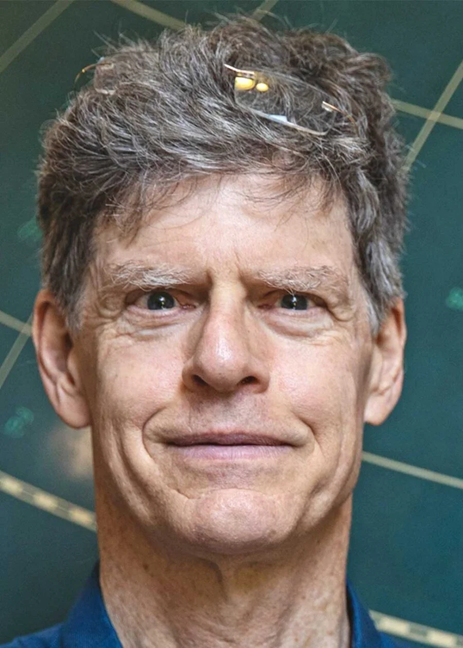 The Earth’s core is slowing down; but will it affect us?
The Earth’s core is slowing down; but will it affect us?
John Vidale, Dean’s professor of Earth Sciences at the University of Southern California Dornsife, delves into the matter.
Delving Into the Earth’s Core
Imagine the Earth as a giant spinning top. At its center lies the inner core, a solid iron-nickel sphere roughly the size of the Moon, surrounded by a liquid outer core, which starts more than 3,000 miles under our feet. For decades, some scientists, including myself, noticed this inner core rotated slightly faster than the planet’s surface, while others had different ideas. Surprisingly, my colleagues and I recently confirmed that the inner core was slowing down, and around 2010 fell behind the speed of the Earth’s surface.
Since we can’t see or visit it, we analyzed seismic data from around the globe going back to 1971 to create renderings of the inner core’s movement. When I first saw the seismograms, which changed as the inner core moved but then changed back to their original form, I was stumped. Then we found two dozen more observations – spanning multiple decades – showing the same pattern. They indicated that the core had begun to backtrack, falling behind the motion of the surface. The result confirmed that the inner core is now moving slightly slower than the planet’s surface for the first time in 40 years.
The primary cause for deceleration is the turbulent motion of the liquid iron outer core, which generates the Earth’s magnetic field. Additionally, the gravitational forces exerted by the uneven, rocky mantle try to realign the inner core, perhaps leading it to oscillate like a pendulum over the decades.
The inner core’s slowdown could slightly alter the length of our days by fractions of a second. However, these changes are so minute they’re almost lost in the noise of Earth’s dynamic environment. Next, we will map the inner core’s movements in greater detail to understand the deep interior of our planet to see where new discoveries will lead us.
